Berlin’s street art scene pulses through every neighborhood like artistic veins carrying creative blood through the city’s concrete arteries. From the remnants of the Berlin Wall to hidden courtyards tucked away in Kreuzberg, the German capital showcases some of Europe’s most vibrant urban art. While tourists often stick to the obvious spots, locals know where the real magic happens—in underground galleries, forgotten alleyways, and rooftop spaces that most visitors never discover.
The city’s relationship with street art runs deeper than mere decoration. Here’s a list of 16 street art tours that Berlin residents actually recommend to their friends.
East Side Gallery Walking Tour
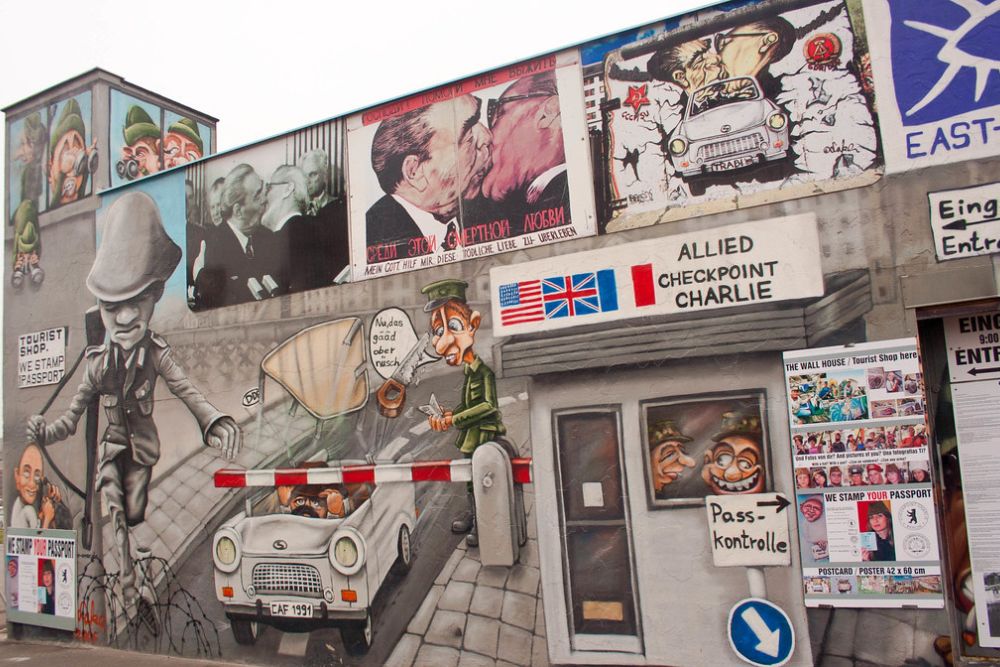
This 1.3-mile stretch of preserved Berlin Wall serves as the world’s longest open-air gallery, featuring over 100 murals from international artists. Local guides share stories about specific pieces while explaining how each artwork reflects the political climate when it was created.
The tour typically lasts two hours and covers both famous works like Dmitri Vrubel’s Fraternal Kiss and lesser-known gems that showcase the wall’s transformation from barrier to canvas. Most locals suggest visiting during weekday mornings when crowds thin out, and photographers can capture cleaner shots.
Kreuzberg Underground Experience
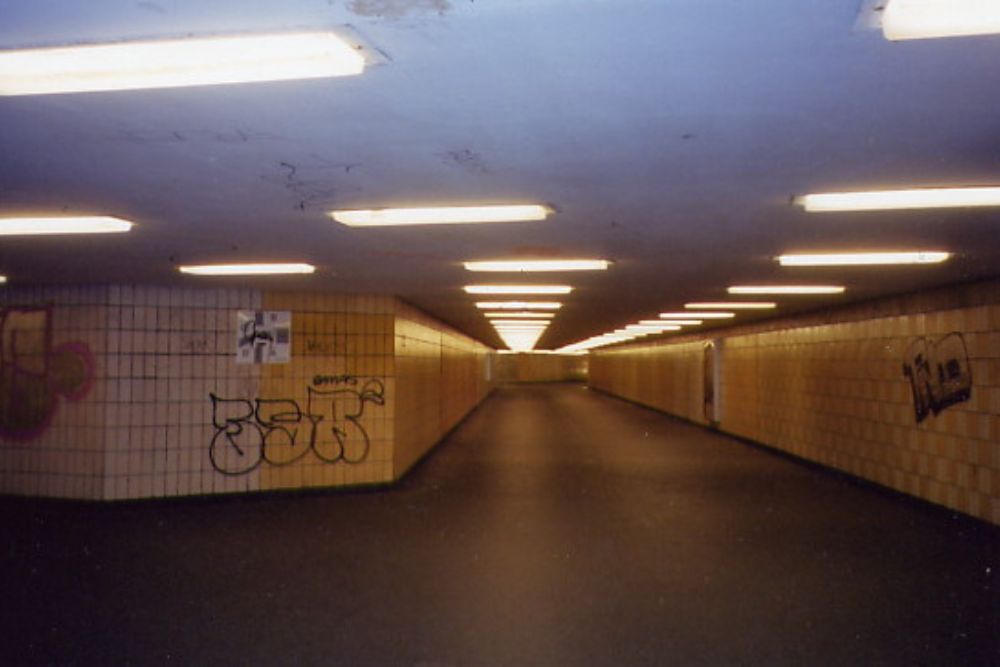
Venture beneath Kreuzberg’s streets where abandoned subway tunnels house some of Berlin’s most experimental street art installations. These guided tours require advance booking since access remains restricted to preserve both the artwork and the structural integrity of the tunnels.
Participants descend into spaces where artists work without permits, creating temporary masterpieces that might disappear within weeks. The underground environment creates an almost cathedral-like atmosphere where spray paint and stencils take on spiritual significance.
Hackescher Markt Courtyard Crawl
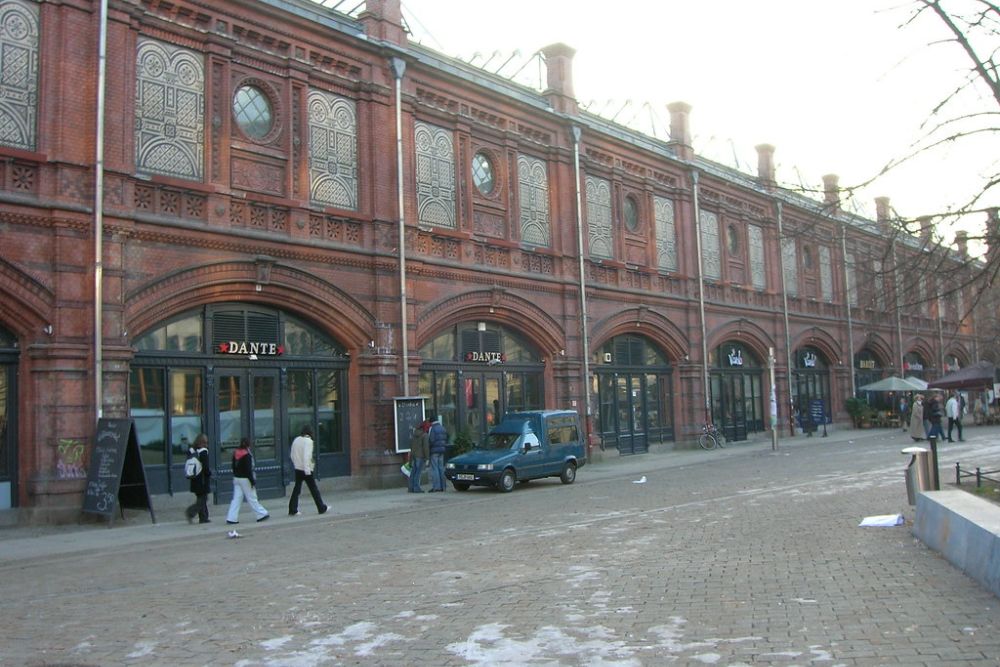
Multiple interconnected courtyards near Hackescher Markt contain layers of street art spanning three decades of Berlin’s creative evolution. Local tour guides lead small groups through passages that connect these hidden spaces, explaining how each courtyard developed its own artistic personality.
The Hackesche Höfe complex alone contains seven courtyards, each with distinct styles ranging from political commentary to abstract experimentation. These tours often include stops at working artist studios where visitors can watch current projects take shape.
Alternative Berlin Street Art Safari
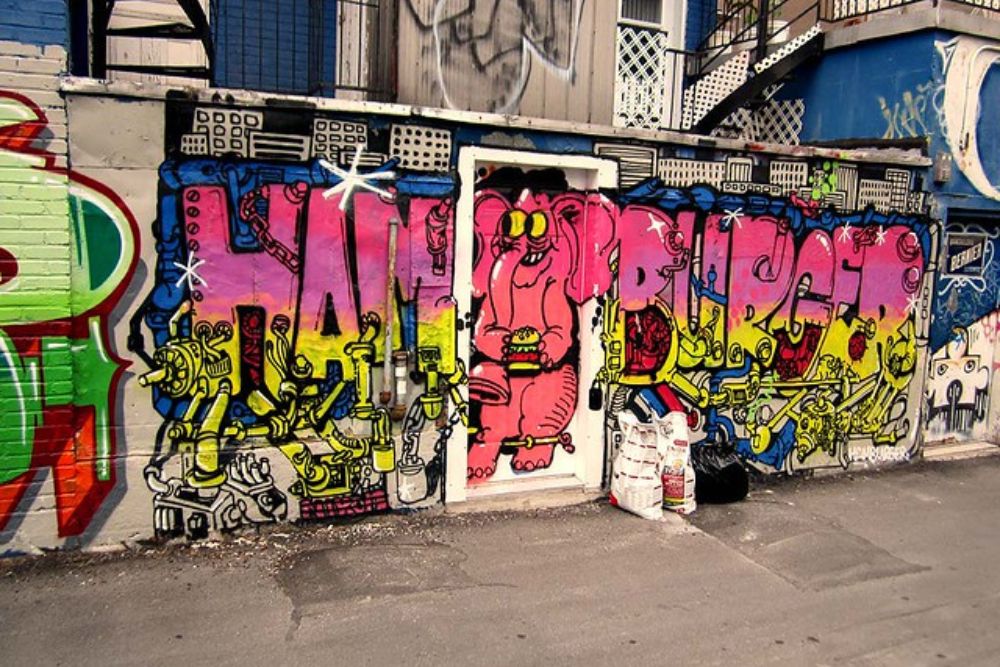
BERLIN GRAFFITI
This company employs local artists as tour guides, providing insider perspectives on Berlin’s underground art scene that typical tourism companies can’t match. Tours focus on neighborhoods like Friedrichshain and Prenzlauer Berg, where gentrification creates ongoing tension between preservation and development.
Guides share personal stories about their own work while pointing out pieces from friends and collaborators throughout the creative community. The three-hour experience includes visits to active legal graffiti walls where participants can try their hand at spray-painting.
Teufelsberg Abandoned NSA Station
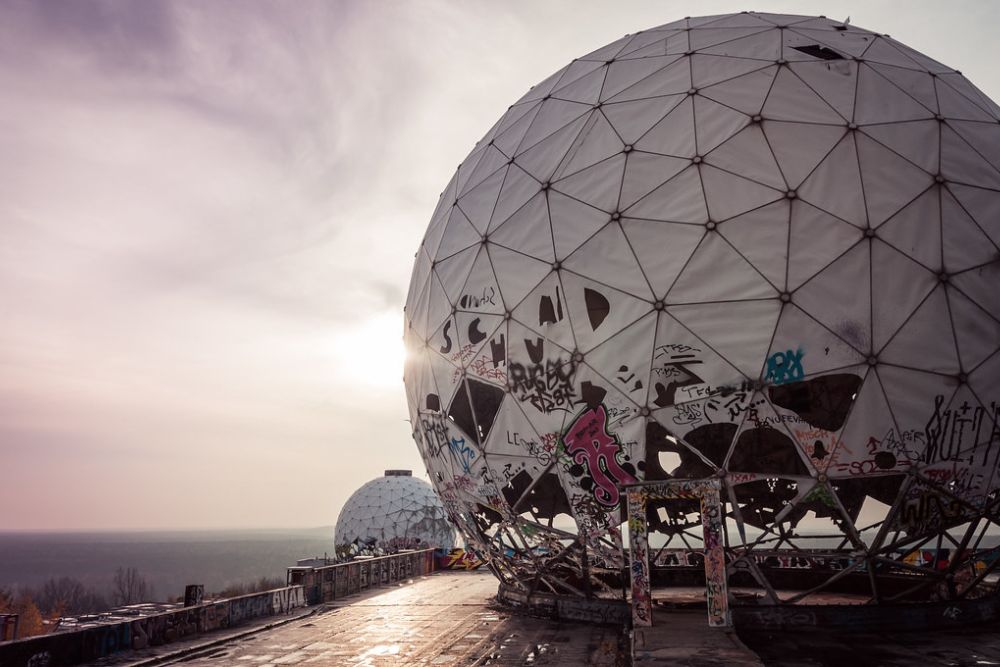
The Former Cold War listening post-Teufelsberg now serves as an open-air gallery where artists work without restrictions on massive concrete structures. The elevated location provides panoramic views of Berlin while showcasing how nature reclaims human-made structures through artistic intervention.
Tours combine historical education about the site’s espionage past with contemporary art appreciation as guides explain how different artists approach the challenging curved surfaces. Weather permitting, sunset tours offer particularly dramatic lighting for both the artwork and city views.
RAW Gelände Cultural Center
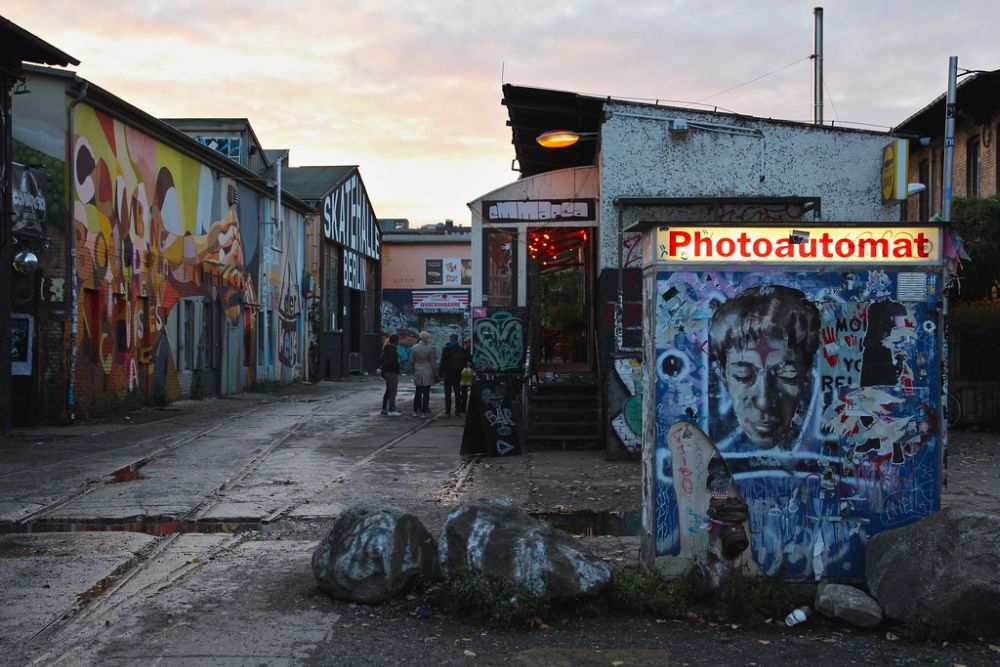
This former railway repair facility has evolved into Berlin’s premier legal graffiti destination, where established and emerging artists work side by side on massive warehouse walls. Weekend tours coincide with the site’s weekend markets and live music events, creating a festival atmosphere around the artistic activities.
Guides explain the unwritten rules that govern this space, including how artists claim sections and collaborate on larger pieces. The industrial setting provides dramatic backdrops that make even simple tags appear monumental.
Boxhagener Platz Neighborhood Walk
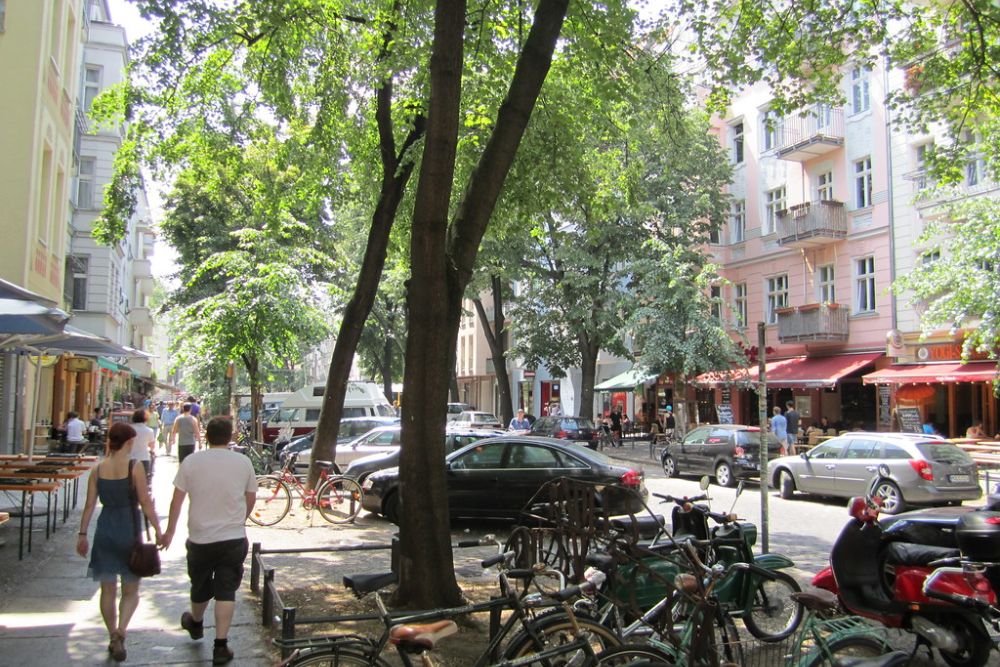
Friedrichshain’s residential streets contain countless murals that locals pass daily, but tourists rarely discover without guidance. These intimate tours focus on smaller-scale works that tell stories about community identity and neighborhood pride rather than grand political statements.
Local guides often know the artists personally and can share anecdotes about specific pieces’ creation and meaning within the community context. The two-hour walks typically end at local cafés where participants can discuss what they’ve seen over coffee and pastries.
Tempelhof Airport Art Installation
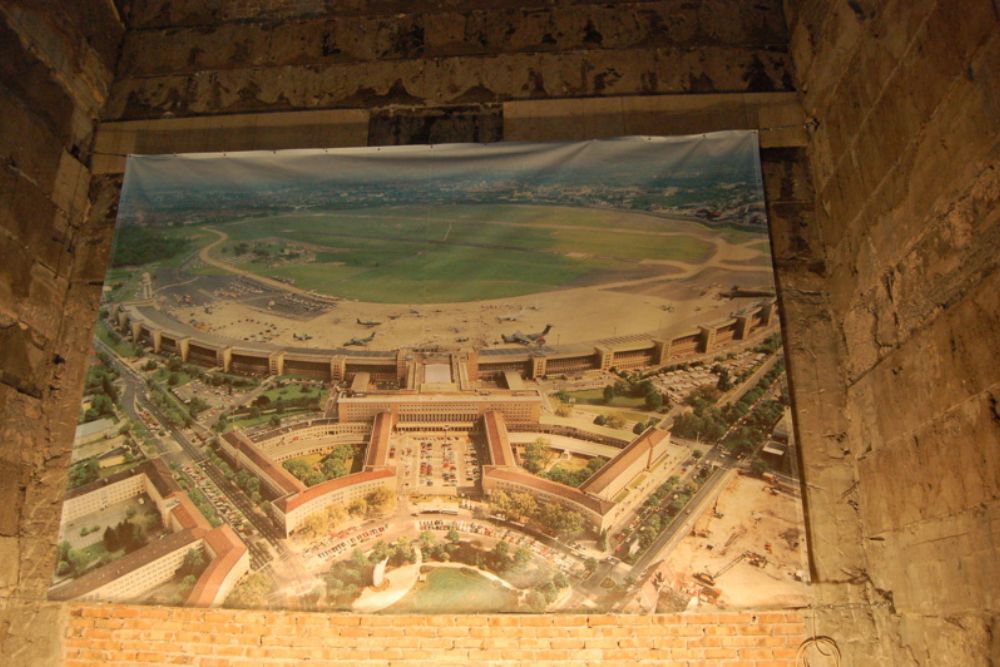
The abandoned airport’s massive terminal buildings now host rotating street art exhibitions that change seasonally based on curatorial themes. Guided tours explain both the airport’s historical significance and how contemporary artists respond to the space’s imposing architecture through their work.
The building’s Art Deco elements create striking contrasts with modern graffiti and stencil work, while the vast scale allows for installations impossible in traditional gallery settings. Tours often include access to restricted areas where experimental works push the boundaries of what constitutes street art.
Wedding District Emerging Scene
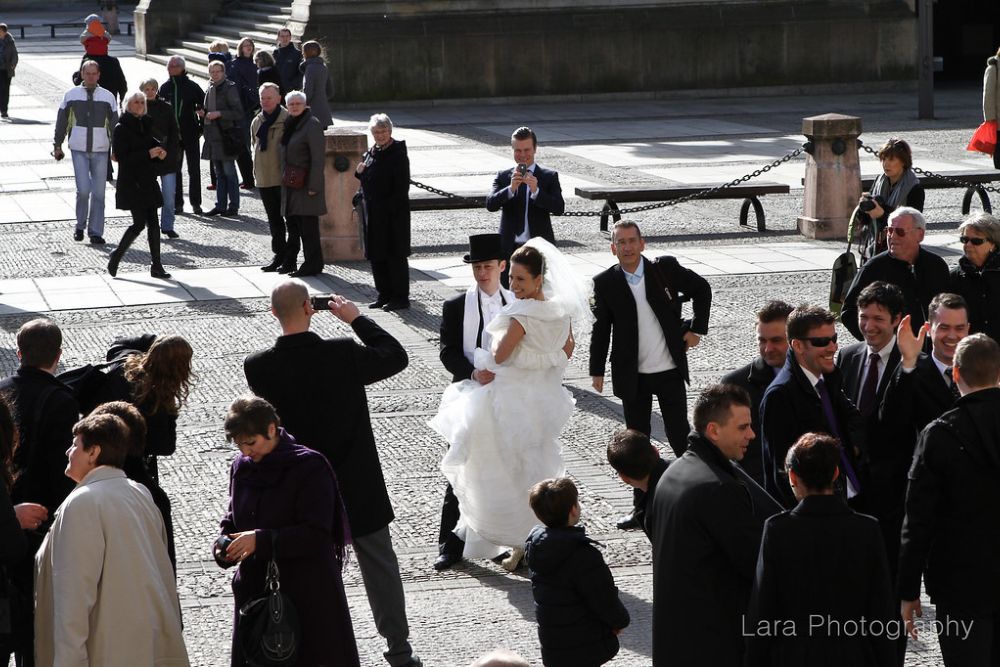
Berlin’s Wedding neighborhood attracts artists priced out of more established areas, creating a constantly evolving landscape of fresh street art. Local tours focus on discovering new talent while explaining how economic pressures shape artistic communities throughout the city.
Guides points out how Wedding’s industrial architecture provides different creative opportunities compared to the more residential areas that house Berlin’s established street art scenes. These tours often feel more like treasure hunts as guides lead participants down unfamiliar streets in search of the latest artistic discoveries.
Warschauer Strasse Bridge Expedition
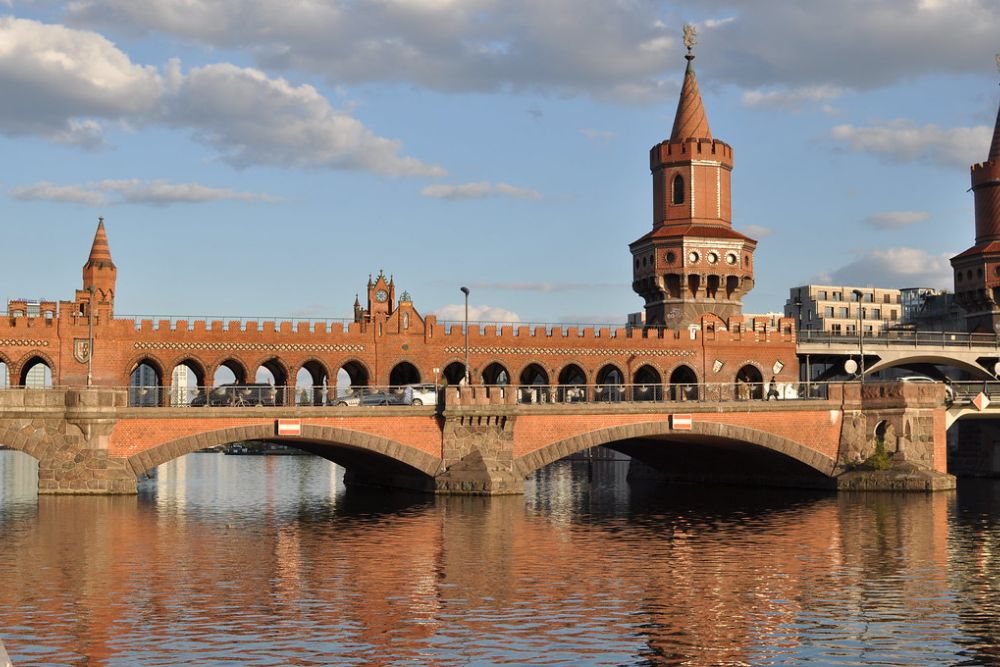
The railway bridge connecting Friedrichshain and Kreuzberg serves as a continuously changing canvas where artists layer new works over existing pieces weekly. Tours time their visits to coincide with active painting sessions, allowing participants to witness the creative process firsthand.
The elevated location provides unique perspectives on both the artwork itself and the surrounding urban landscape that inspires it. Local guides explain the informal hierarchy that determines which artists can work in prime locations along the bridge’s most visible sections.
Prenzlauer Berg Historical Context Tour
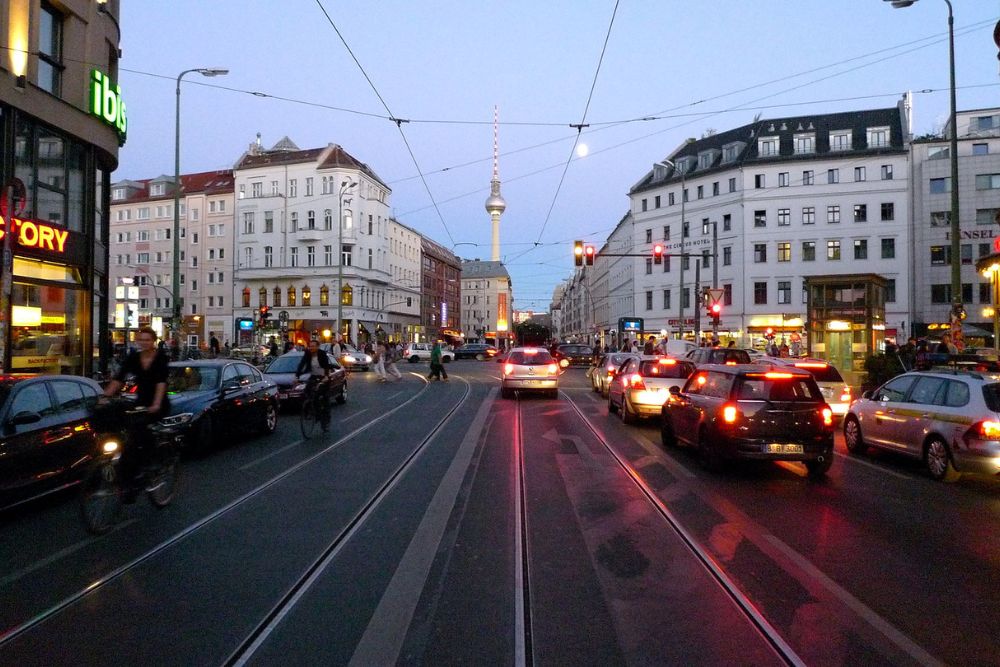
Former East Berlin neighborhood Prenzlauer Berg showcases how street art documented the city’s reunification process through artistic expression rather than official channels. These tours combine art appreciation with social history, explaining how specific murals reflect the complex emotions surrounding German reunification.
Guides point out subtle details that reveal artists’ political perspectives and personal experiences during Berlin’s transformation from a divided to a unified city. The gentrified area now preserves some pieces, while others disappear as new construction replaces older buildings.
Rooftop Gallery Access Tour
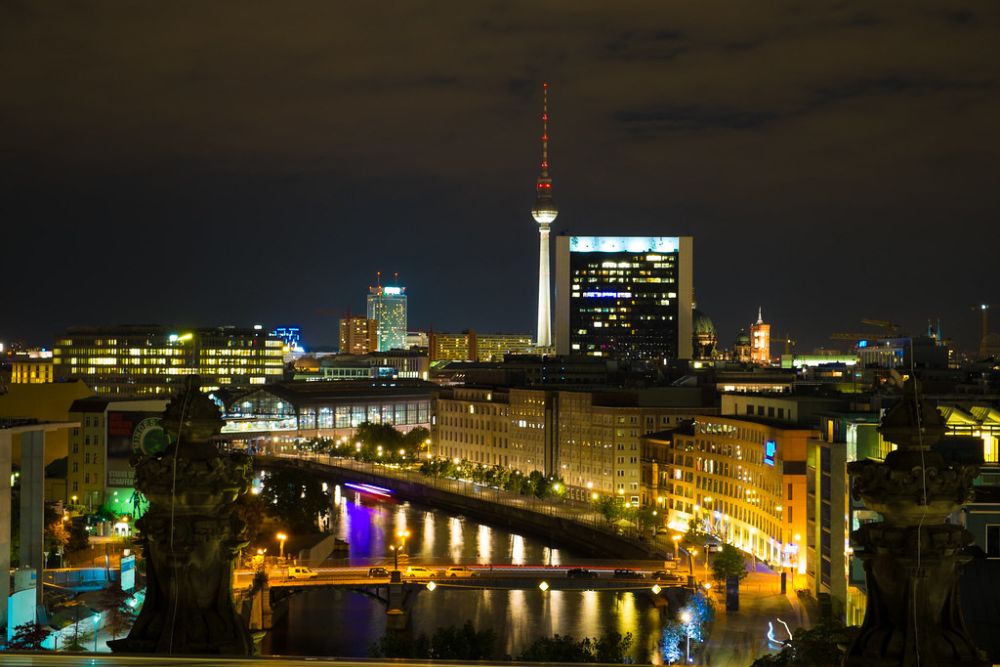
Several Berlin buildings offer rooftop access to elevated street art installations that provide both artistic and architectural perspectives on the city. These specialized tours require physical fitness since participants must climb multiple flights of stairs to reach viewing platforms.
The aerial vantage points reveal how street artists consider urban geography when planning large-scale works that span multiple surfaces. Safety equipment and professional guides ensure participant security while accessing these otherwise restricted artistic spaces.
Nighttime UV Art Discovery
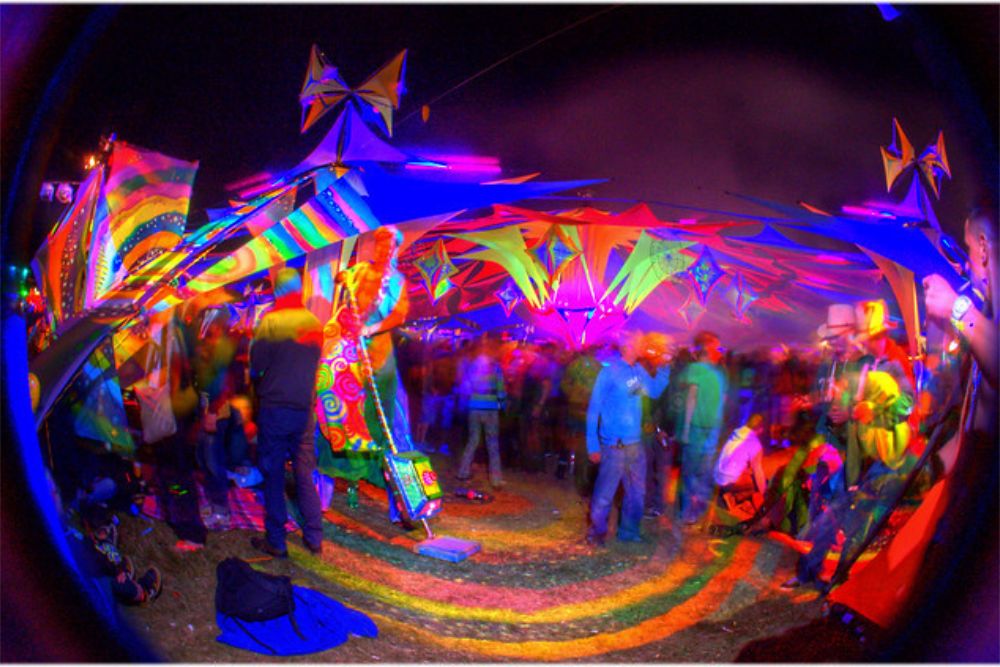
Certain Berlin street art pieces incorporate UV-reactive paints that only become visible under blacklight conditions after dark. These evening tours use portable UV lighting to reveal hidden layers within seemingly ordinary daytime murals. The experience transforms familiar neighborhoods into alien landscapes where familiar walls suddenly pulse with previously invisible colors and patterns.
Local guides explain the technical challenges artists face when working with these specialized materials and how they plan pieces that function in both visible and UV spectrums.
Artist Studio District Visits
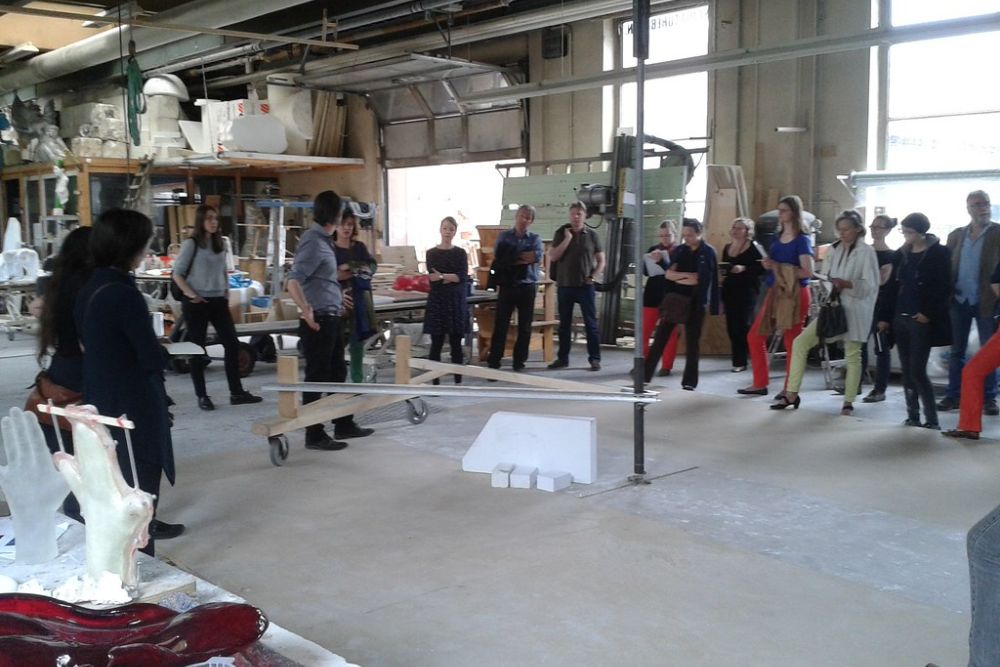
Several neighborhoods contain clusters of working artist studios where street artists develop ideas before executing them in public spaces. These tours provide backstage access to the creative process while supporting local artists through direct studio visits and purchases.
Participants observe works in progress while learning about the business aspects of street art, including commission work and gallery representation. The intimate setting allows for detailed discussions about technique, inspiration, and the challenges of creating art in public spaces.
Political Mural Historical Walk
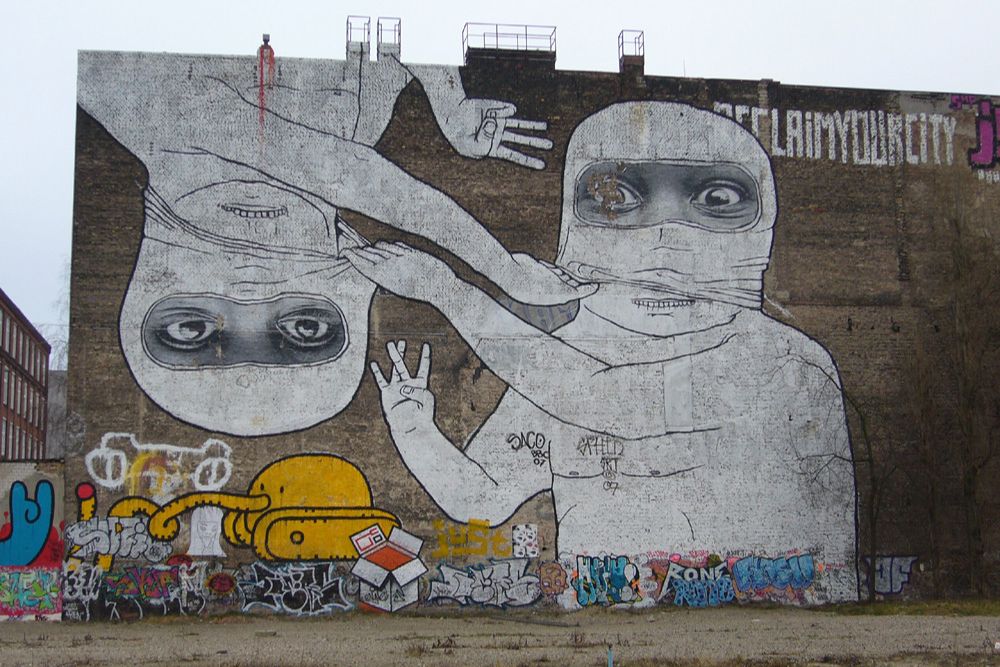
Berlin’s politically charged history creates ongoing inspiration for street artists who use public walls to comment on contemporary social issues. These focused tours examine how current political street art continues traditions established during the city’s divided period. Guides explain the symbolism and references that might make visitors unfamiliar with
German political culture while connecting historical and contemporary artistic expressions. The tours often spark discussions about art’s role in political discourse and public space as a democratic forum.
Community Garden Art Integration
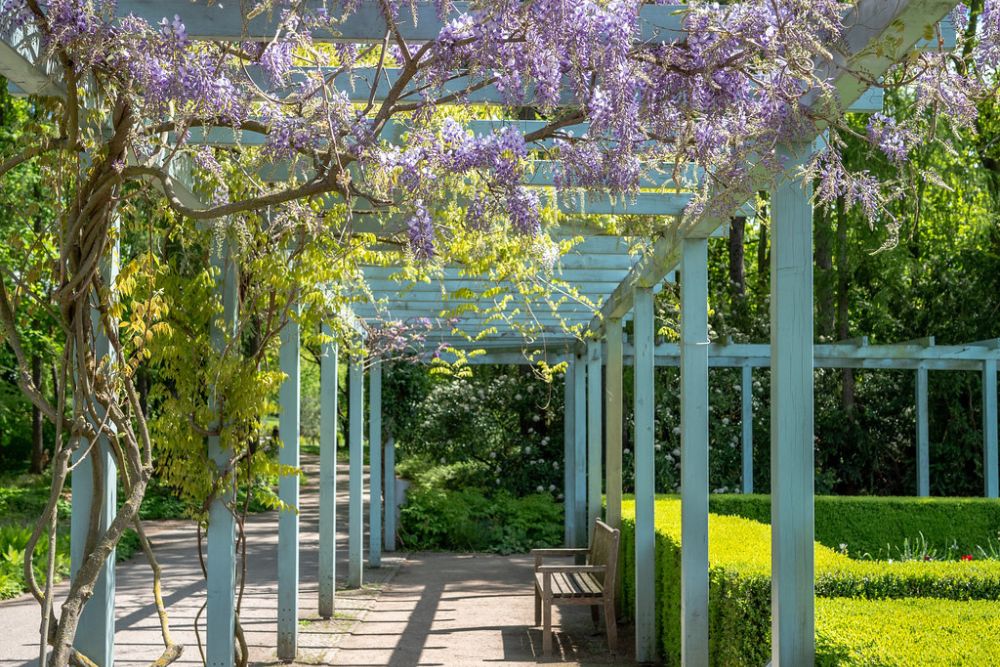
Several Berlin community gardens incorporate street art elements into their landscape design, creating unique environments where urban agriculture and artistic expression intersect. These tours showcase how environmental activism and street art collaboration create spaces that serve both aesthetic and practical community needs.
Local guides explain how artists work within gardening constraints while contributing to sustainable urban development through their creative contributions. The tours typically include seasonal variations since both the gardens and artwork change throughout the year based on growing cycles and weather conditions.
Where Berlin’s Streets Still Speak
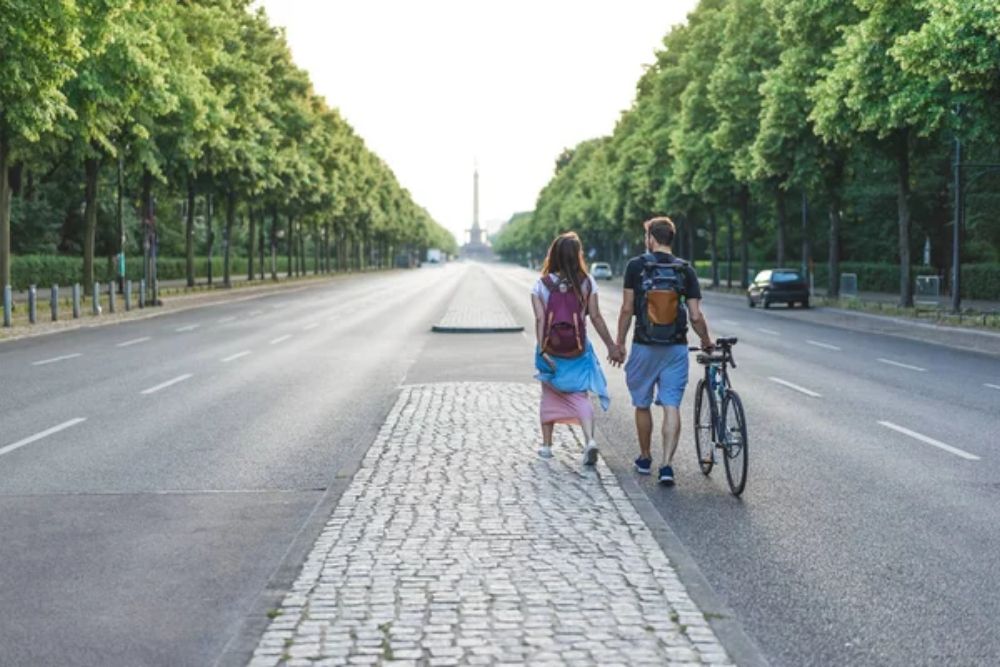
These locally recommended tours reveal Berlin’s street art scene as something far more complex than colorful walls and Instagram backdrops. Each neighborhood tells different stories through artistic expression, whether documenting historical trauma, celebrating cultural diversity, or challenging contemporary political assumptions.
The city’s relationship with street art reflects broader questions about public space, artistic freedom, and community identity that extend well beyond tourism. Berlin’s walls continue serving as canvases for ongoing conversations about what it means to live in a city where history remains visible on every corner.
More from Travel Pug

- 20 Best Beach Towns in the Carolinas
- 13 Destinations Where Tourists Regularly Regret Their Trip
- 20 Things You Actually Get in First Class
- 20 Small Airports With Aviation Museums
- 20 Places in the U.S. That Are Perfect for a Reset Trip
Like Travel Pug’s content? Follow us on MSN.
